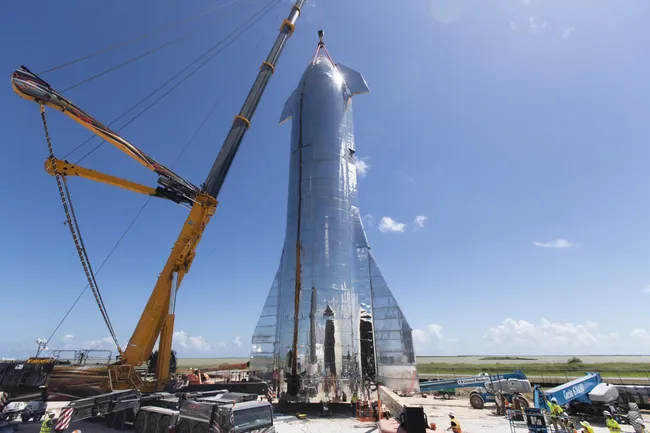Elon Musk’s Quest for a Multi-Planetary Humanity: The Future of Space Exploration”
Elon Musk, CEO of SpaceX, has been steadfast in his pursuit of a multi-planetary humanity. His vision is clear: to establish a permanent, self-sustaining human presence on Mars and potentially other planets. This ambitious goal is driven by Musk’s concern for humanity’s survival in the face of existential risks.

Existential Risks: The Driving Force
Musk’s motivation stems from the realization that Earth faces numerous threats, including asteroid impacts, climate change, and artificial intelligence gone awry. A multi-planetary presence would ensure humanity’s survival even if Earth becomes uninhabitable.
“The probability of human extinction is quite high if we remain a single-planet species,” Musk said during a SpaceX conference.
SpaceX: The Key Player
SpaceX, founded by Musk in 2002, is the primary vehicle for achieving this vision. The private aerospace company has made significant strides in reusable rocket technology, drastically reducing space travel costs.
Starship: The Next-Generation Spacecraft
SpaceX’s Starship program is developing a reusable spacecraft capable of transporting both people and cargo. Designed for long-duration missions, Starship will play a crucial role in establishing a human settlement on Mars.

Key Features:
- Reusable design
- Capable of carrying up to 100 passengers
- Powered by methane-based Raptor engines
- In-orbit refueling capabilities
Lunar Base: A Stepping Stone to Mars
A future lunar base will serve as a crucial hub for Mars missions, providing:
- Fueling and maintenance services
- Scientific research opportunities
- A stepping stone for deeper space exploration
Challenges Ahead
While Musk’s vision is ambitious, significant challenges remain:
- Technological advancements: Developing necessary technologies, such as reliable propulsion systems and life support systems.
- Funding: Securing sufficient funding for large-scale space missions.
- Radiation exposure: Protecting humans from harmful space radiation.
- Psychological factors: Addressing mental health and social challenges during long-duration space travel.
Timeline: A Decades-Long Journey
Musk’s vision is a long-term effort:
- Short-term (2020s-2030s): Develop Starship, conduct lunar and Mars missions.
- Mid-term (2040s-2050s): Establish permanent Mars base.
- Long-term (2060s-2100s): Expand to other planets, establish self-sustaining human civilization.
Elon Musk’s multi-planetary vision is a call to action, challenging humanity to look beyond Earth’s boundaries. While significant challenges lie ahead, SpaceX’s progress and innovation bring us closer to a future where humanity thrives among the stars.
As Musk emphasized, “Humanity’s future is vastly better if we are a multi-planet species.